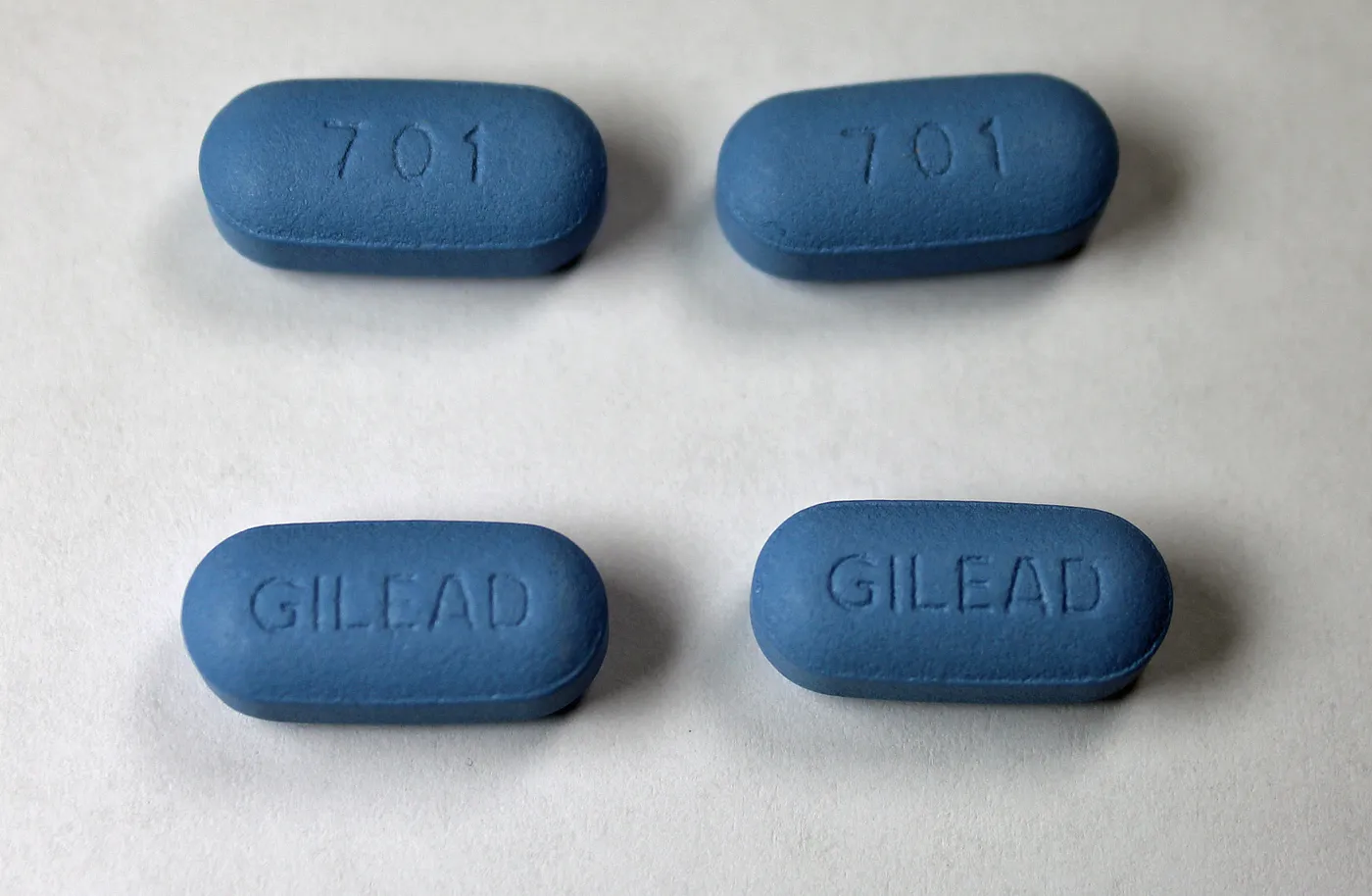The Impact of Gilead’s Price Increases for Truvada on Pharmaceutical Innovation

Samples of Gilead’s HIV treatment Truvada
The pharmaceutical industry has long argued that high drug prices are a good thing because the profits from these price hikes allow companies to spend more on research and development to discover and launch the cures of the future.
To test the claim that higher drug prices drive innovation, we gathered data from the industry, individual companies, and the FDA to conduct a counterfactual analysis: what would happen at some of the largest pharmaceutical companies in the world if prices on certain blockbuster drugs had remained constant over the last 10 years?
The following case study examines drug pricing at Gilead, a large pharmaceutical firm focusing on antiviral treatments. This analysis is part of a larger study on the impact of pharmaceutical price increases on medical innovation. To read the full study, click here.
Gilead Case Study
- Headquarters: Foster City, Calif., United States
- Drug Analyzed: Truvada (emtricitabine/tenofovir)
- 2021 Company Revenue: $27.3 billion
- 2021 R&D Spending: $5.4 billion
- Other Key Products: Biktarvy (bictegravir/emtricitabine/tenofovir/alafenamide), Veklury (remdesivir), Genvoya (elvitegravir/cobicistat/emtricitabine/tenofovir)
Since its founding in 1987, Gilead Sciences has focused on antiviral treatments, including HIV, hepatitis B, hepatitis C, and influenza. While its R&D spending is relatively modest compared to other large pharmaceutical companies (16.0 percent of revenue), almost all of Gilead’s innovative drugs have been developed in-house from the moment of initial discovery through regulatory approval.
We analyzed Gilead’s pricing behavior for Truvada, an antiviral treatment for HIV/AIDS. Since 2011, the net price for Truvada increased by more than 80 percent through 2018. Following the introduction of generics in 2020, the price dropped significantly; though the drug was still more than 24 percent higher in 2021 than it was in 2011.
Truvada’s revenue is completely driven by price increases over the last decade, given the decline in the drug’s prescribing following loss of exclusivity in 2019. Given the drug’s volume driven growth is negative over the course of the last decade, we calculate 100 percent of the drug’s revenue growth coming from price increases, totaling $5.7 billion.
If the price of Truvada remained flat since 2011, the loss of $5.7 billion in revenue would have resulted in $916 million less in R&D spending. We estimate that, based on the drug development scenarios used in our analysis, Gilead spends $4.3 billion (IQR: $4.1–4.5 billion) in R&D per new drug developed. Therefore, the loss of Truvada’s revenue would lead to 0.21 fewer drugs developed.
The results are further evidence that profit growth driven by price hikes on older, branded, monopoly drugs like Truvada rarely leads to the development of innovative new medicines.



 ">
">